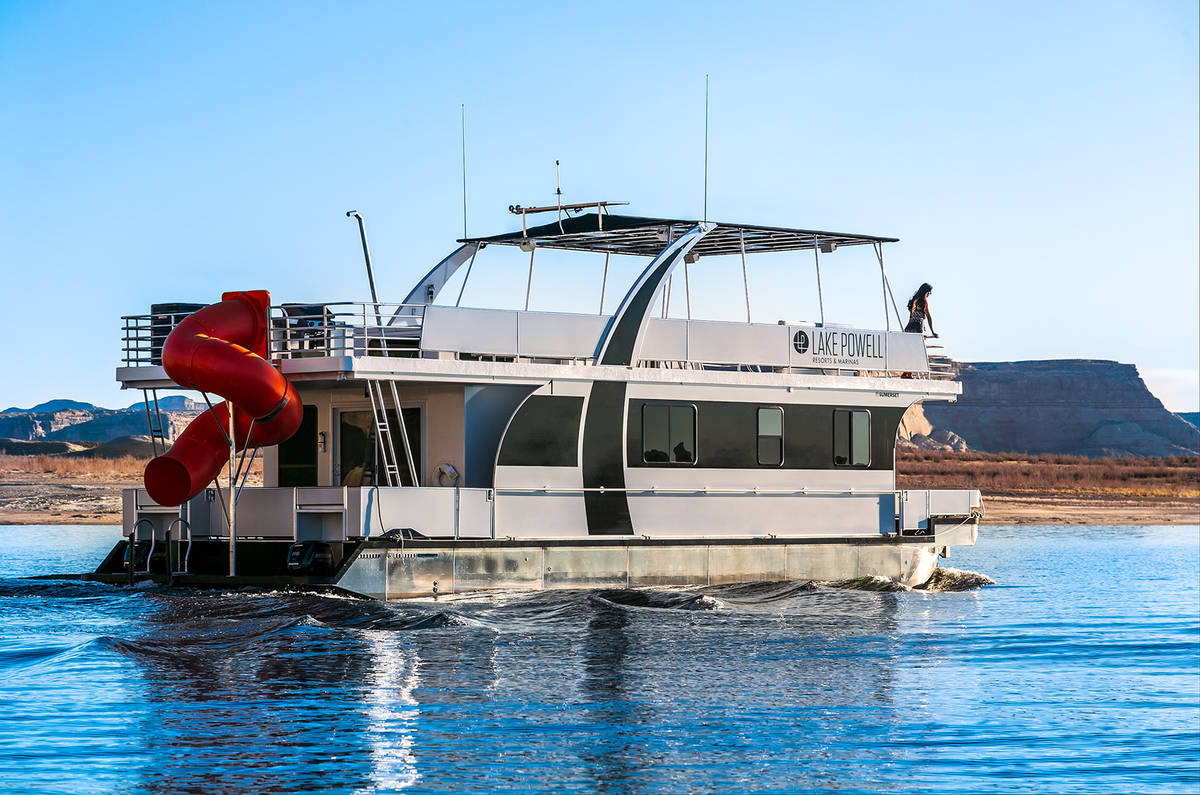Boating in Utah requires test, meeting new regulations
If you have been thinking about taking your Nevada boat for a weekend outing on Lake Powell, or anywhere else in Utah, there are new regulations you need to be aware of before hitching up your boat trailer and pulling it in that direction.
As of July 1, owners of any motorized boat that is not registered in Utah will have to pay a $20 fee before using that boat on any state waterway. If a person has multiple boats that fit that description, they will need to pay a separate fee for each one and can do so at the same time. The catch is a boat owner can only access the payment portal by first completing the Mussel-Aware Boater Program, an online education course about preventing the spread of quagga mussels.
This program has been designed by the Utah Division of Wildlife Resources to enlist boaters in an all-out effort to prevent the spread of quagga mussels between the state’s waterways and to prohibit their importation by boaters visiting from out of state. The $20 fee pays for that effort. Utah residents pay their contribution as part of their boat registration fee.
Oftentimes, successful completion of a mandatory education program is based on passing an examination, and the Mussel-Aware Boater Program is no different. However, rather than taking the exam at the end of class, participants answer the exam’s 18 questions as they work their way through the course content. That is a good thing because some of the questions are quite specific and there is a lot of information covered in the class.
How long does it take to complete the class? That will depend on the individual and such things as interruptions. But after completing it myself, I think most boaters can complete the course in about 45 minutes to an hour if they do not become distracted.
The course consists of multiple mini-lectures presented by Aquatic Invasive Species (AIS) interdiction specialists from locations around Utah, probably to reinforce the idea that the state’s concern about the spread of aquatic invasive species is not limited to Lake Powell or other waters popular with out-of-state boaters.
After completing the course, boat owners can pay the $20 per boat fee and print out two copies of their completion certificate, or Decontamination Certification Form. One copy must be placed on the dash of the launch vehicle and another must be kept in the boat.
Each certificate is embedded with a QR code that includes information about the associated boat and its registration number. This will save DWR personnel from having to collect data manually every time a boater launches, and it will ensure that boaters with multiple vessels are not trying to game the system.
The certificate is valid only for the calendar year and expires Dec. 31. You can access the payment portal and the Mussel-Aware Boater Program at stdofthesea.utah.gov.
Additional regulations require anyone transporting a boat on a Utah highway to remove all drain plugs from the boat and to drain all water from bilges, live wells, ballast tanks and other compartments. This should be done upon leaving a waterway and before leaving the launch ramp. Keep in mind that for this purpose highway means any public road, street, bridge or other public use structure.
It is a good practice to clean, drain and dry your vessel whenever you take it off the water and especially when you have plans to go boating elsewhere. This applies to paddle craft as well as motorboats. Remove all plants, mud, fish parts and any mussels. Make sure all water has been removed from tanks, compartments and the motor, and let the boat dry completely between uses and before switching destinations. That usually takes seven days in the summer months.
You also can have your boat decontaminated professionally, which involves the use of 140-degree water under pressure. Utah requires boaters from specific states to decontaminate their boats before launching in the state’s waterways. Nevada, Arizona and California are on that list, as well as a host of others.
Anyone who has boated on Lake Mead or Lake Mohave must decontaminate their vessels before moving to other water, even here in Nevada. It is the only way to stop the spread of quagga mussels.
Freelance writer Doug Nielsen is a conservation educator for the Nevada Department of Wildlife. His “In the Outdoors” column is not affiliated with or endorsed by the NDOW. Any opinions he states are his own. Find him on Facebook at @dougwritesoutdoors. He can be reached at intheoutdoorslv@gmail.com.






















